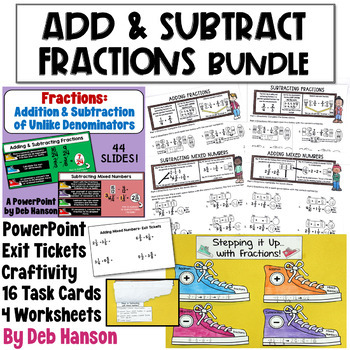Have you ever read My Lucky Day by Keiko Kasza?
(Amazon affiliate link below)
I have read this book to all elementary grade levels, and students have always enjoyed the book, regardless of their age. I believe strongly in the benefits of providing teacher think-alouds during read-aloud time. I have found that "watching" teachers think aloud can really help our struggling readers and English language learners, in particular. As teachers model their own thought processes, students are able to view what they should be doing while reading.
My think-aloud statements vary based on the grade level I am reading to. When I read My Lucky Day to upper elementary students, these are some of the things that I focus on:
When reading this very first page, I read it incorrectly. (During my time as reading teacher, I witnessed students misread stared and startled hundreds of times without self-correcting - they usually read it as started- so I simply cannot pass up this opportunity!) I read "As he polished his claws, he was started by a knock on the door." I pause a moment to see whether anyone tries to correct me. If no one does, I say, "Wait a minute... that doesn't make sense! He was started by a knock on the door? Let me look at that word again.... oooohhhhh!! It's startled. He was startled by a knock on the door makes more sense!"
Another teachable moment happens after reading the second page. I ask myself aloud, "Now why did the author use italics on these last two lines?" Then I quickly remember, "Oh yeah, authors use italics to show that characters are thinking something in their head rather than saying it out loud."
When I read the above page, I usually make a simple statement. "I am impressed by the exact word choice on this page. The author could have said, 'He got twigs.' Instead, though, he used a more exact word for got, and he wrote, 'He collected twigs.' I'm going to try to remember this more exact word for got when I am writing."
As you read the entire book, you quickly realize that Pig had actually planned this entire scheme as a way to be fed dinner, given a warm bath, and receive a relaxing massage. At the end of the day, Fox collapses from exhaustion, and Pig is able to run home. On the second-to-last page, Pig ponders, "Who shall I visit next?", and then the book ends with this image:
As we study this final wordless image, I ask my students:
Can you draw a conclusion about what is going to happen at Bear's house?
Is Pig really feeling as scared as he looks?
With upper elementary students, I also like to quickly name character traits for Fox and Pig. In this particular book, Fox is pretty gullible and Pig is quite manipulative, which are both advanced vocabulary words that I want to introduce to my students.

















